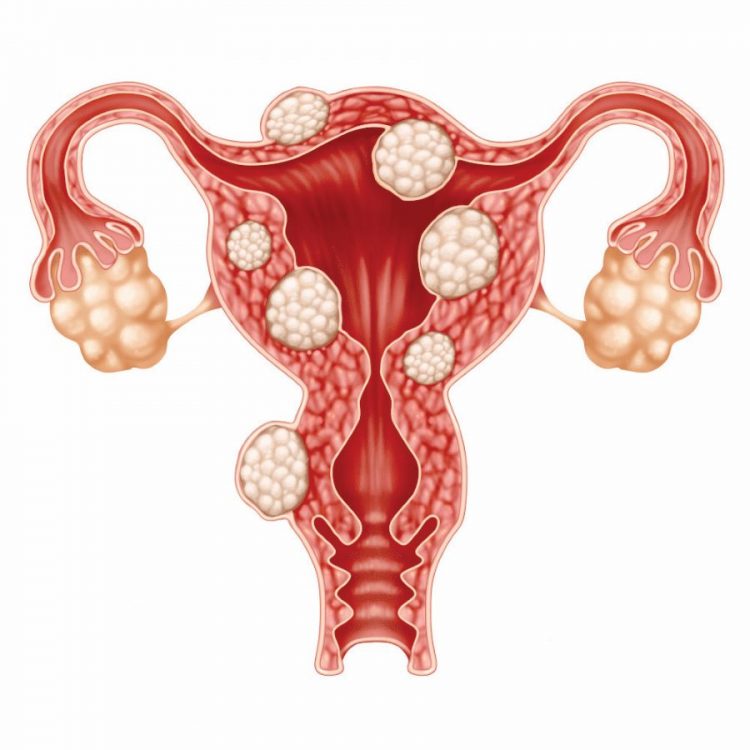All you may need to know about fibroids

Fibroids are non-cancerous growths inside the uterus. Despite the growing prevalence of fibroids among many Kenyan women in their reproductive phases, many people do not know much about them. This lack of awareness of fibroids prompts a thorough analysis of the condition.
The precise causes of fibroids are yet unknown. But several things might make them more likely to happen. It is thought that hormonal imbalances, especially excessive levels of progesterone and estrogen, are a significant factor. Additionally, health experts posit that other factors, such as obesity and family history are a risk factor for fibroids.
Symptoms
The symptoms of fibroids usually vary depending on their number, size, and location inside the uterus. Additionally, while some women may experience close to no symptoms, others may experience severe difficulties. However, common symptoms may, include pelvic pressure or pain, protracted menstrual bleeding, constipation, frequent urination, and discomfort during sexual intercourse.
Diagnosis
A gynaecologist will perform a complete exam and could recommend further tests to verify a diagnosis if fibroids are suspected. These examinations may involve Magnetic resonance imaging (MRI) scans, hysteroscopies (a technique that uses a tiny camera to inspect the uterus), or ultrasonic imaging.
Treatment options
The seriousness of signs and symptoms and an individual’s objective for future fertility will determine how to treat fibroids. A “watchful waiting” strategy may be used in situations where symptoms are minimal or nonexistent, with constant surveillance to make sure the fibroids don’t develop or lead to issues.
By controlling the menstrual cycle or reducing the fibroids, medications, such as hormonal contraception or gonadotropin-releasing hormone agonists can help manage symptoms. However, surgery may be required in more serious situations.
Moreover, myomectomy is an alternative for women who want to preserve their fertility since it includes eliminating the fibroids surgically while leaving the uterus intact. On the other hand, a hysterectomy, or getting rid of the uterus, may be advised in severe circumstances or when childbearing is no longer a concern.
It is important to remember that fibroids, a typical gynecological issue, can have serious influence on a woman’s quality of life. Therefore, the key to properly treating fibroids is to be aware of the causes, recognise the symptoms, and research the treatment alternatives.
Consult with a healthcare provider right away if you think you might have fibroids or are exhibiting symptoms that are connected to them so they can accurately diagnose you and make individualised treatment suggestions.
Remember that women can make informed choices about their health and well-being with awareness and early intervention.











